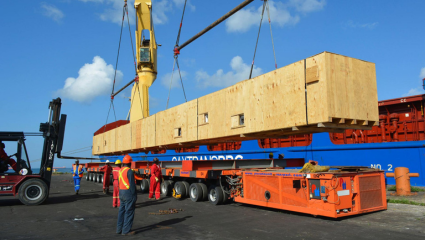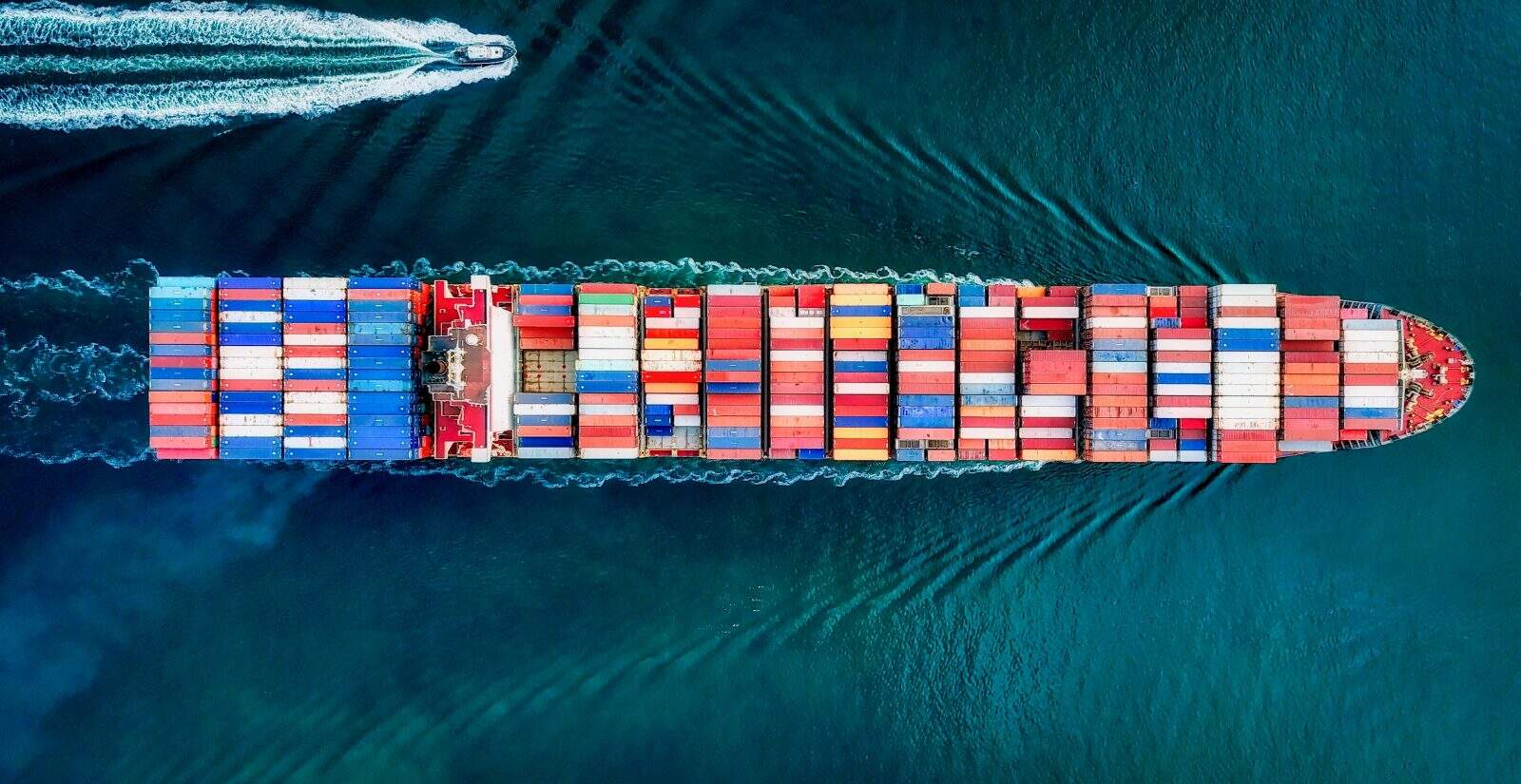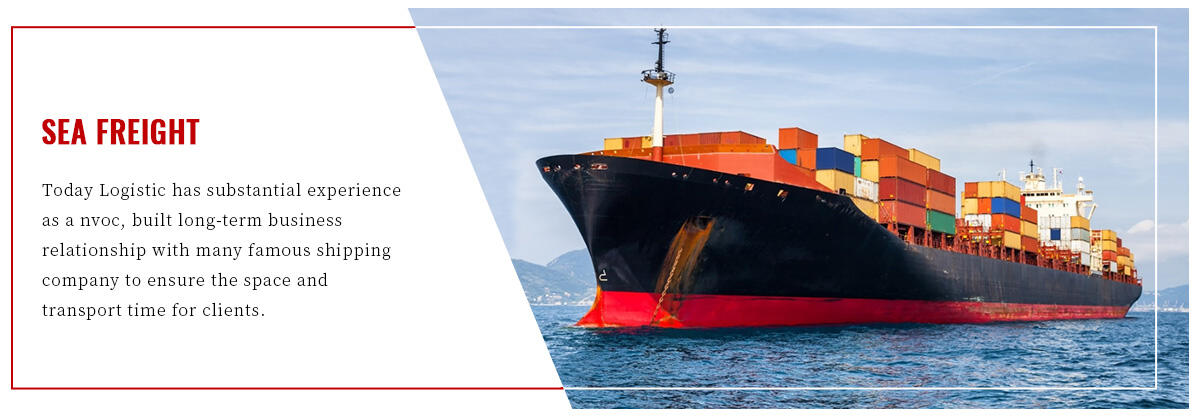sea freight cost
Sea freight cost encompasses the various expenses associated with transporting cargo via ocean vessels, representing a crucial component of international trade logistics. This comprehensive cost structure includes multiple elements such as container fees, terminal handling charges, documentation fees, and vessel operation expenses. Modern sea freight costs are determined through sophisticated pricing models that consider factors like fuel prices, vessel capacity, route efficiency, and market demand. The system operates through a network of carriers, freight forwarders, and logistics providers who utilize advanced tracking and management technologies to optimize shipping routes and maximize cost efficiency. These costs are typically calculated based on factors including cargo volume, weight, distance, port fees, and seasonal variations. Contemporary sea freight operations incorporate digital booking platforms, real-time tracking systems, and automated documentation processes to streamline cost management and provide transparency. The integration of artificial intelligence and machine learning algorithms helps in predicting price fluctuations and optimizing route selection, enabling more accurate cost forecasting and better budget planning for businesses engaged in international trade.


